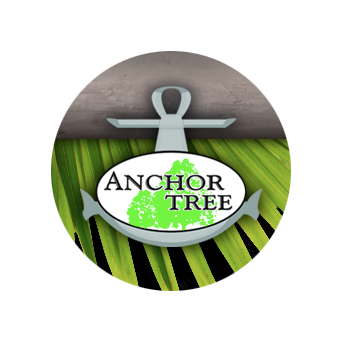Trees are not only essential for the environment, providing oxygen, shade, and habitat for countless species, but they also add beauty and value to our landscapes. However, despite their numerous benefits, trees can become hazardous under certain conditions. Recognizing the warning signs of a potentially dangerous tree is crucial for preventing accidents, property damage, and injuries.
Let’s explore when a tree becomes a hazard and how to identify the signs that warrant attention and action.
Leaning Trees
One of the most obvious indicators that a tree might be a hazard is if it is leaning significantly. While some trees naturally lean due to environmental factors, an abrupt or severe lean can signify structural issues. Leaning trees can be a result of root damage, soil erosion, or weakened structural integrity, making them prone to falling. If you notice a tree leaning more than it used to or leaning suddenly, it’s essential to have it inspected by a certified arborist.
Cracks and Splits
Visible cracks or splits in a tree’s trunk can be alarming signs of potential hazard. These structural flaws may weaken the tree and compromise its stability. The presence of deep, large cracks or splits can be particularly concerning. These openings may indicate internal decay or diseases that compromise the tree’s ability to support its weight. Regular inspections by professionals can help identify these issues early on and allow for appropriate intervention.
Dead or Hanging Branches
Dead or hanging branches pose a significant risk, as they can break off and fall at any time, especially during storms or high winds. A thorough inspection of a tree should include checking for dead or hanging branches. If a tree exhibits signs of poor health, such as dead or dying foliage, it may indicate an underlying problem. Pruning or removing dead branches can enhance the safety of the tree and its surroundings.
Fungus and Rot
The presence of fungi or signs of rot can be indicative of internal decay within a tree. Fungi like mushrooms growing on the trunk or around the base are clear indicators of decay. Decay weakens the wood structure, making the tree susceptible to breakage or uprooting. A professional arborist can assess the extent of the decay and recommend appropriate measures, which may include pruning, cabling, or, in extreme cases, tree removal.
Root Issues
While roots are usually hidden from view, their health is crucial to the stability of a tree. Changes in the soil, construction activities, or diseases can affect a tree’s root system, leading to instability. Visible signs of root issues include heaving soil around the base of the tree, exposed roots, or a noticeable tilt in the tree’s trunk. If you observe any of these signs, it’s vital to consult with an arborist to assess the root health and address potential hazards.
Excessive Canopy Thinning
If you notice significant thinning of the canopy, it may be a sign of declining health. Various factors, such as pests, diseases, or environmental stress, can contribute to canopy thinning. A weakened canopy reduces a tree’s ability to withstand adverse weather conditions, making it more susceptible to breakage. Regular monitoring and prompt intervention can help maintain the health and structural integrity of the tree.
Proximity to Structures
Winter hardwood trimming allows for precise shaping and aesthetic refinement. With a clearer view of the tree’s structure, arborists can sculpt the canopy with greater accuracy, enhancing its natural beauty while ensuring a harmonious integration into the surrounding landscape.
The location of a tree to structures, such as homes, power lines, and roads, is a crucial factor in determining its hazard potential. Trees that lean towards structures or have overgrown branches posing a threat to buildings or utility lines can be hazardous. Regular trimming and pruning c
an help mitigate risks, but in some cases, the removal of the tree may be the safest option to prevent potential damage.
safety of your property and the surrounding environment. Regular inspections by certified arborists can identify potential issues early on, allowing for appropriate interventions to mitigate risks. Ignoring the signs of a hazardous tree can lead to property damage, injuries, and even loss of life during severe weather events. As we’ve explored, leaning trunks, cracks, dead branches, and other warning signals can turn a once-friendly tree into a potential hazard. This is where the expertise of professionals, like Anchor Tree Services, becomes invaluable.
Anchor Tree Services is your trusted partner in ensuring the well-being of your trees and the safety of your property. With certified arborists and a commitment to tree health, Anchor Tree Services offers thorough inspections and expert interventions. By choosing Anchor Tree Services, you’re not just addressing tree concerns; you’re investing in the longevity of your green companions and the safety of your home. Don’t wait for a hazard to unfold – take the proactive step with Anchor Tree Services and enjoy a safer, more vibrant environment.
By staying vigilant and addressing potential hazards promptly, we can continue to enjoy the many benefits that trees provide while ensuring the safety of our homes and communities. Remember, when it comes to tree safety, proactive measures are key in preventing accidents and preserving the natural beauty that trees bring to our landscapes.

